So it's pretty common knowledge that you should have a rainbow of foods on your plate, especially veggies. And you probably know that the reason for that is healthy pigments.
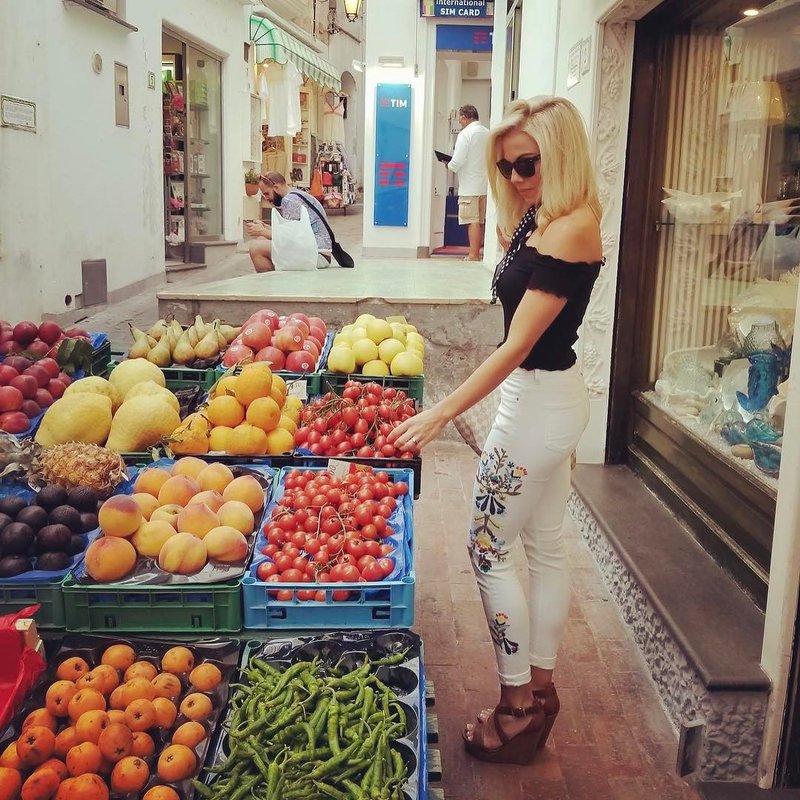
But personally, up until recently, I didn't know much more about these pigments than that!
And it's not like being armed with more knowledge about them could ever be a bad thing…In fact, I'm more motivated than ever to expand the already diverse list of veggies on my plate when I hear about how these pigments are actually phytochemicals / antioxidants to help you live to be 100 years old!!
So let me just start at the top and go down the rainbow of foods from there…
When it comes to bright red fruits like strawberries, cherries, and tomatoes (yes, you know that's a fruit!), the pigment there is lycopene. It's also in pink foods like pink grapefruit and watermelon. The reason lycopene is so good is because it's an antioxidant that has been known to reduce cancer risk.
Let's back up a second here…
In case you didn't know how antioxidants work…you probably know that what they do is fight, well, oxidants.
But another word for oxidants is "free radicals," something you've probably heard of before.
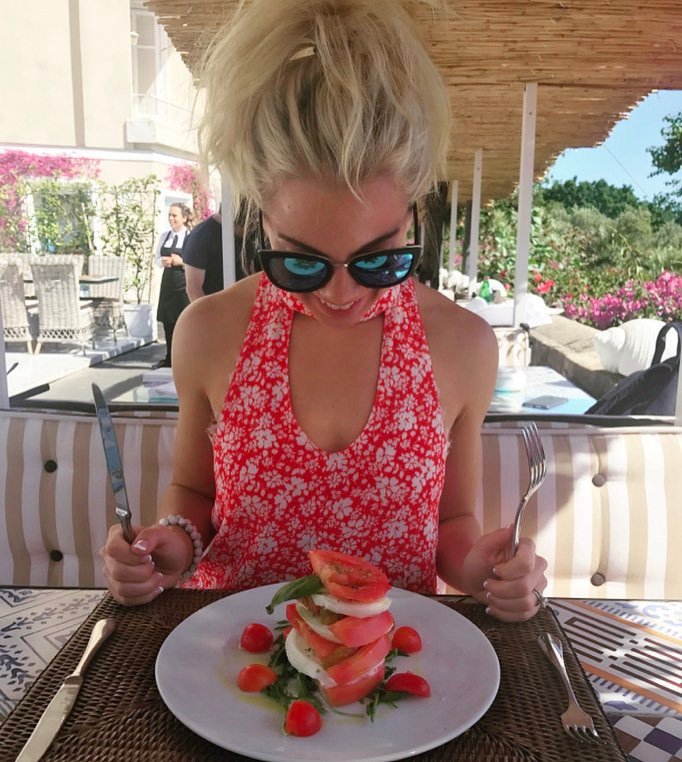
What are free radicals / oxidants? Basically, when you breathe in oxygen atoms, they are going to pair with an electron. But the problem is, electrons in your body like to be in pairs. So basically this oxygen atom with the electron is going to try and find another electron, and it's going to rush all over your body trying to find an electron to pair up with. (Desperate, amirite? 😉)
This oxygen atom running around like crazy with the electron is called a free radical / oxidant.
And when it's going all over the place, it will cause damage in your system.
Unfortunately, no matter how healthy you are, this is something that's inevitably going to happen. But how can you stop these free radicals??
With antioxidant pigments!
But it's actually kind of sweet what happens next. Antioxidants don't "kill" free radicals like you might think. Instead, antioxidants donate an electron to free radicals, so now it has the electron pair it wanted all along.
That's sweet, huh?
So what other antioxidants can you easily consume, by eating a rainbow of foods?
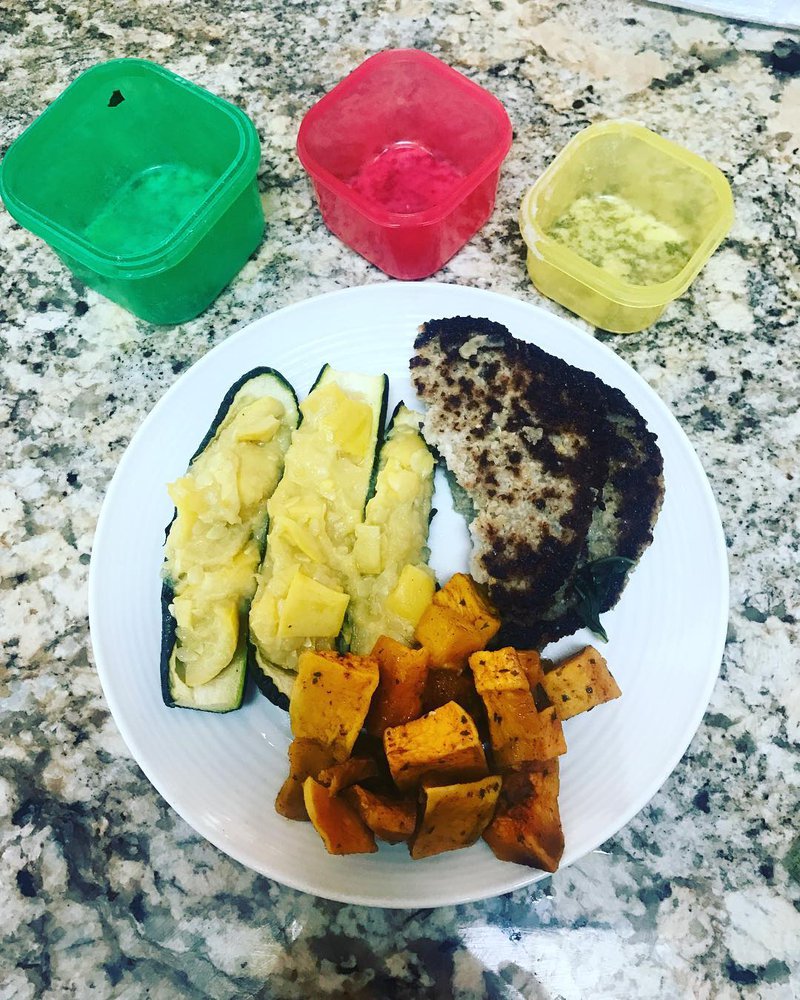
Next up is orange and yellow, which are the carotenoid family. The carotenoid you probably know best is beta-carotene, from carrots, but it's also in pumpkin and sweet potato. So yes, that means the ever since Starbucks added a bit of real pumpkin to their pumpkin spice latte, you're getting antioxidants too!
But be careful of the fact that sugar promotes inflammation, so really I'm just kidding about getting the PSL for the antioxidants. A pumpkin spice latte is going to be worse for oxidation and inflammation then it would be helpful for antioxidants. Be careful of that!!
Next up, green:
You may think that green vegetables are the natural color without pigment, but that's not true. Green vegetables have carotenoids, indoles, and saponins, all three of which are powerful cancer-fighting antioxidants.
Bluish-purple fruits and vegetables, from eggplant to blueberries and blackberries, have the antioxidant anthocyanin. Not only that, but studies have shown that they also are anti-diabetic and help with weight loss!
Last but not least, you probably didn't think about white fruits and veggies being in your rainbow of foods. But cauliflower, mushrooms, and even bananas contain a white pigment called allicin, which, in addition to being an antioxidant, is also anti-bacterial!
So not only are bananas a great source of potassium, as we all know, but also help fight disease!
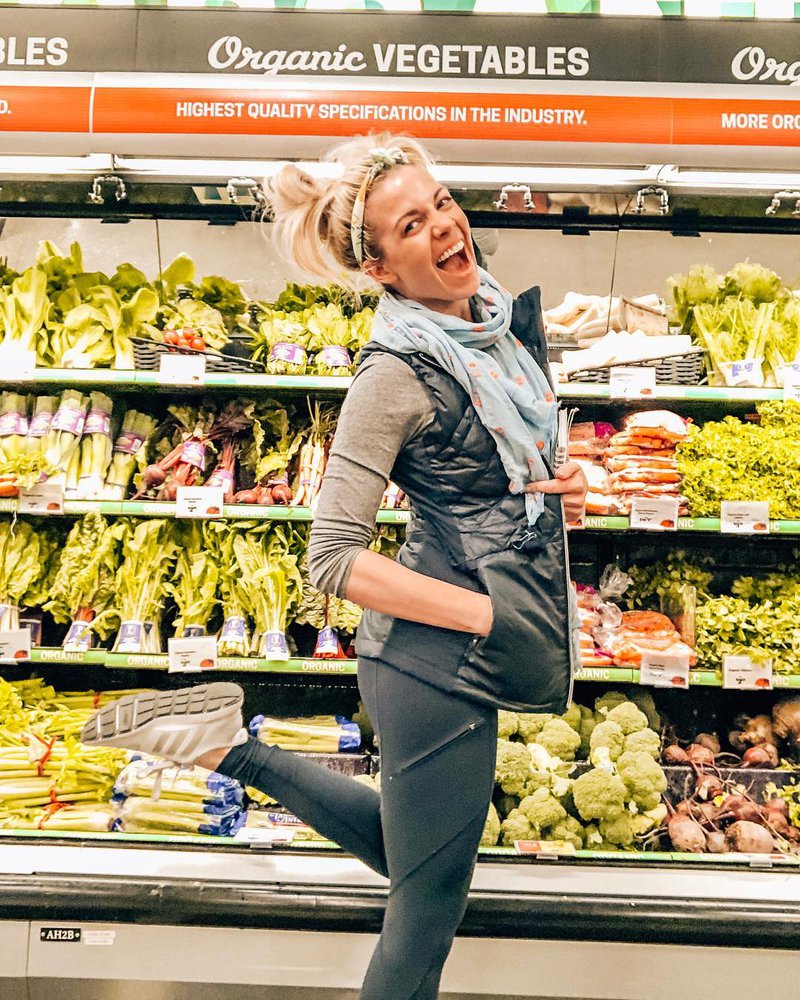
Really, although I think it's great to know all this stuff about which foods have antioxidants, it also is pretty self-evident. Like, we know that veggies are healthy in any color, and understanding the pigments is only a bonus.



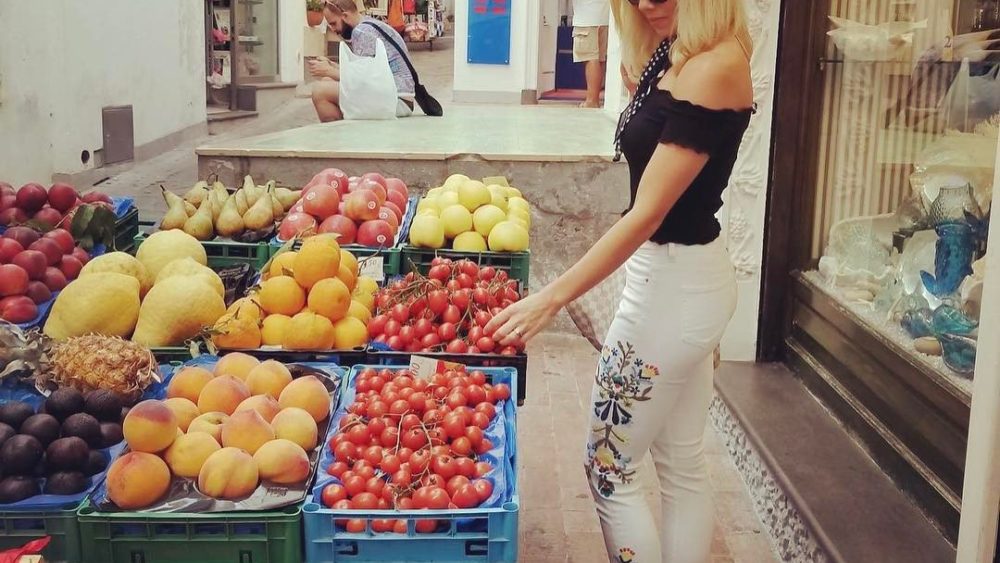
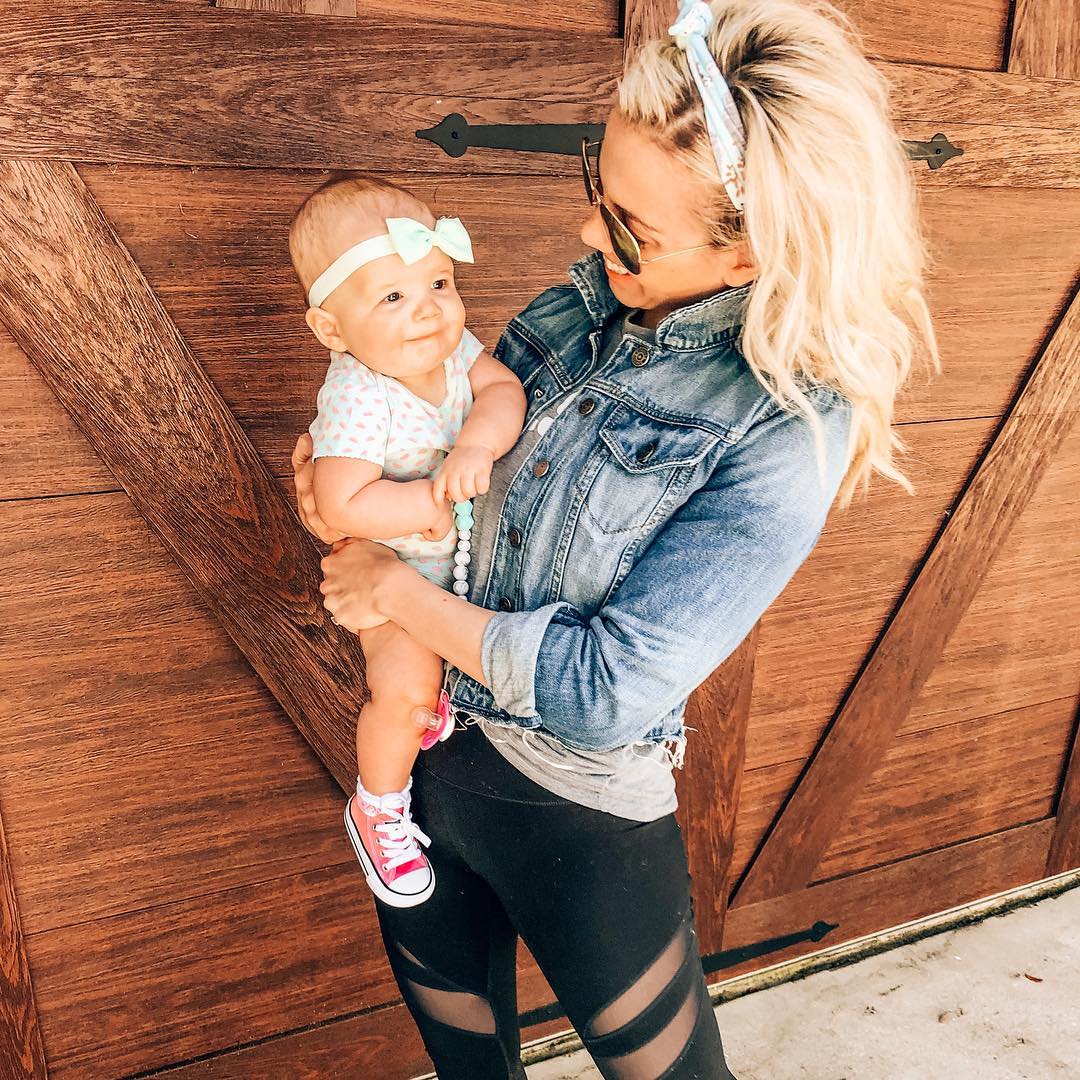
Comments are closed.